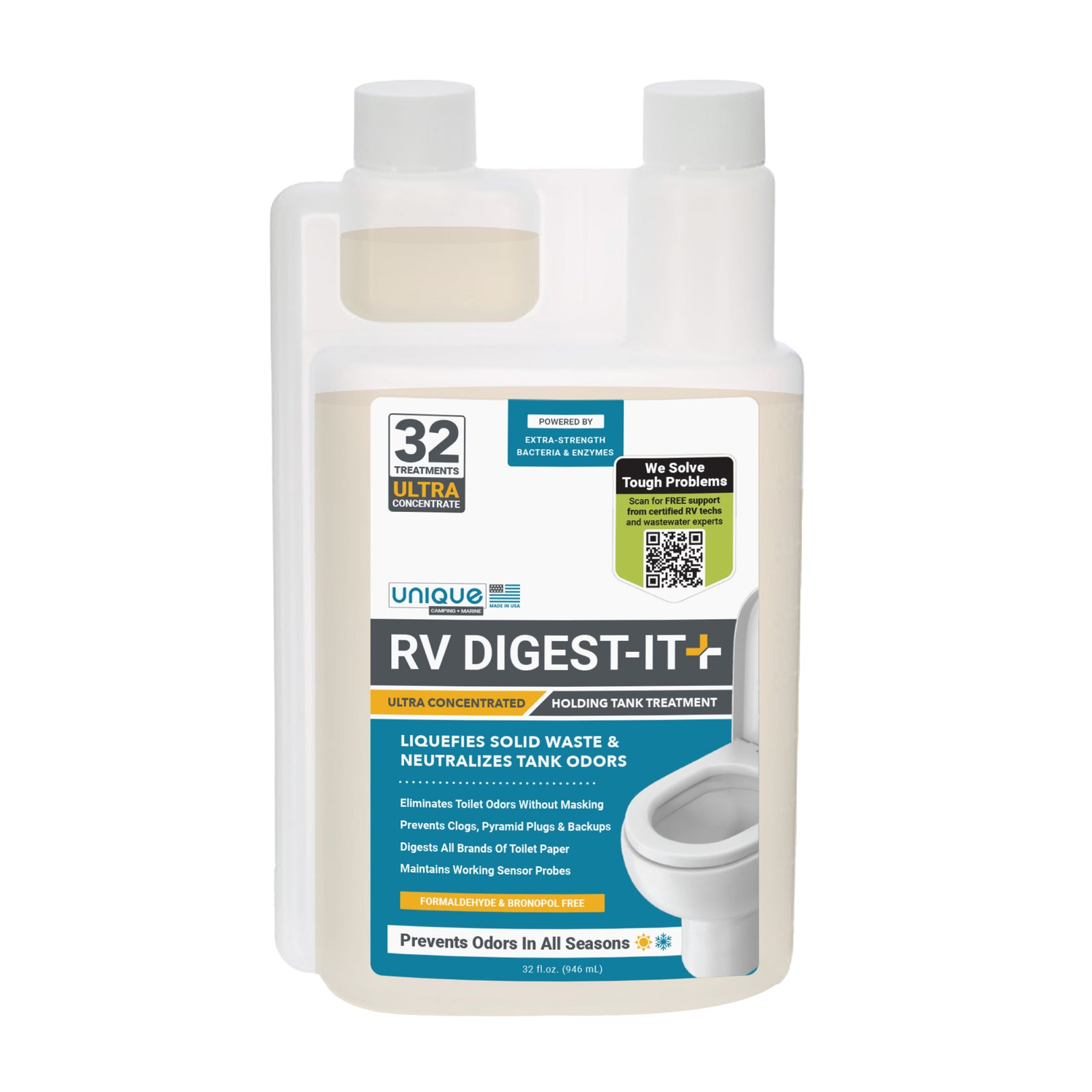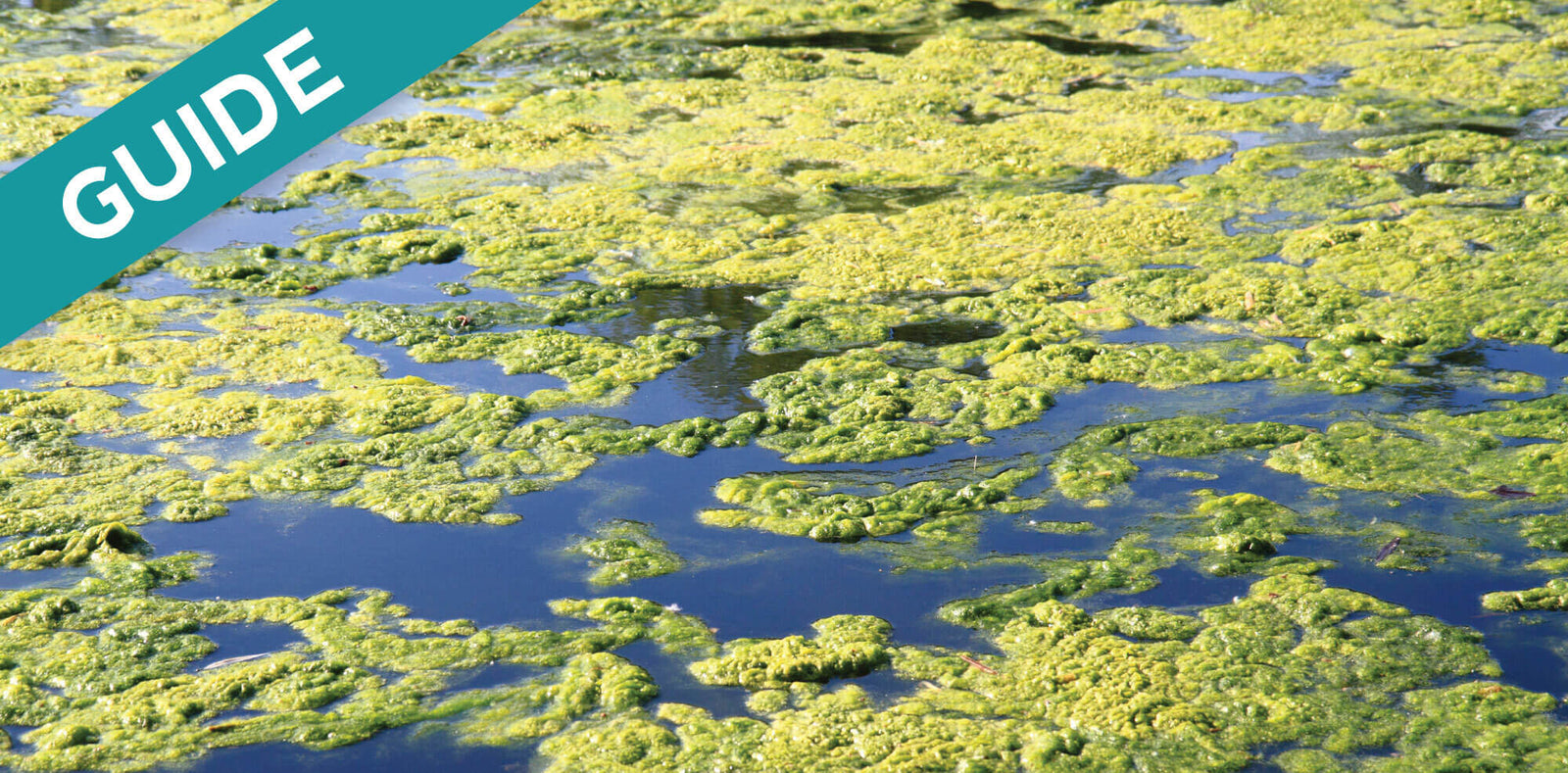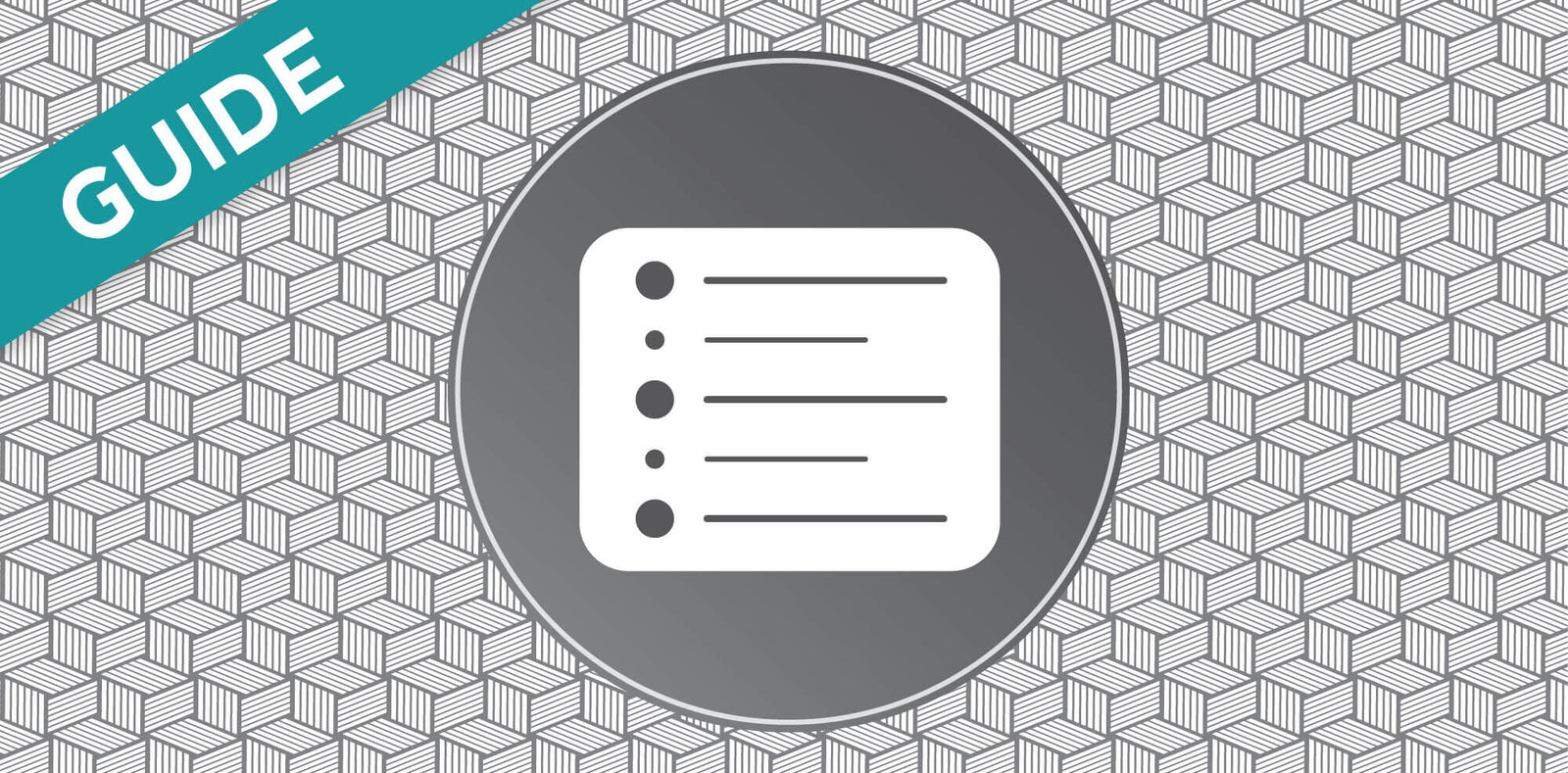
Key Points:
- There are 4 things that a treatment should do for your RV holding tank
- There are 4 main holding tank product types on the market
- Educating yourself on what these products do and how they work is crucial
There are a number of RV holding tank treatments out there and each one claims to be the “magic bullet” when it comes to treating your tank. But the problem is, none of these companies tell you how that specific holding tank treatment works and why it best suits your needs as an RVer. We’re aiming to fix that in this article. In this article we’re going to explore first what tasks a good holding tank treatment should provide. We’ll then explore the options you have out there (in regard to treatment types) how they work, and what tasks they each perform. Then, hopefully, by the end of this article you’ll be able to make a more confident and informed choice that fits your needs as an RVer.
What Should A Good RV Holding Tank Product Do?
Before we can address the types of treatments and what they do, we need to first figure out what a good holding tank product should do in order for you to look at each product and determine if it checks all the boxes in your list. A good holding tank treatment should do the following:
✅ Eliminate odors
✅ Prevent clogs and waste buildup
✅ Keep sensors clean and working properly
✅ Works with all camping styles: Hookups and Dry Camping (boondocking)
These 4 points are really the cornerstones of what a good holding tank treatment product should cover. Now that we’ve established our list of things the product needs to do, let’s explore each type of product and what points on our list they cover.
Chemical/Formaldehyde Tank Treatments
Example: Theford Aqua-Kem
✅ Eliminates odors Masks toilet smells with strong fragrance
❌ Prevents clogs and waste buildup
❌ Helps remove solid waste clinging to sensor probes
✅ Works with all camping styles: Hookups and Dry Camping (boondocking)
Chemical/formaldehyde treatments have been used since the inception of the first RV’s and travel trailers. Most chemical treatments use formaldehyde or bronopol to keep holding tank odors under control. Formaldehyde and bronopol is meant to encapsulate solid waste, kill bacteria, and mask odors inside your holding tank. All of this sounds great until you understand that this is actually working against you in several key ways.
First off, the bacteria inside your holding tank are usually a good thing, so you don't want to kill it off. Bacteria work inside your holding tank to break down and liquefy waste (i.e., paper and poop in your black tank and grease, fats, and oils in your gray tank). Keeping solid waste from accumulating inside your tank is important, otherwise you’ll get clogs. In fact, it’s actually crucial that you have good bacteria (aerobic) and not bad bacteria (anaerobic) inside your tank (we’ll talk more about good bacteria later in this guide).
In terms of eliminating odors, chemical treatments can be effective at reducing odors by masking the smell with strong fragrances or by encapsulating the waste, thus preventing the odors. However, odor masking isn’t ideal as it doesn’t really solve the problem at its root - and it often uses strong fragrances that are tough to live with day in and day out. Finally, waste encapsulation has its own consequences.
A Word Of Warning:Chemical and formaldehyde treatments are NOT SAFE products. You will need to be very cautious when using these products as they are capable of causing pretty major damage to you and the environment.
Enzyme-Only Tank Treatments
Example: Walex Bio-Pak
❌ Eliminates odors
✅ Prevents clogs and waste buildup
✅ Helps remove solid waste clinging to sensor probes
✅ Works with all camping styles: Hookups and Dry Camping (boondocking)
Enzyme-only RV treatments are a popular solution, because they act fast in almost all temperatures and climates and are very effective at waste breakdown. The enzymes themselves actually work to break down waste. Enzymes can also be helpful inside an RV holding tank because reducing the size and volume of the physical waste inside the tank can help prevent clogs in the tank or plumbing lines.
One of the only downfalls to enzyme-only treatments is that they don't eliminate odors. Thankfully though, when coupled with a good bacterial treatment (which we’ll cover a little later), tank odors are easily controlled.
Mineral/Salt Holding Tank Treatments
Example: Happy Campers “Organic” Treatment
✅ Eliminates odors (When coupled with a bacterial product)
❌ Prevents clogs and waste buildup
❌ Helps remove solid waste clinging to sensor probes
✅ Works with all camping styles: Hookups and Dry Camping (boondocking)
Mineral/salt holding tank treatments are a newer type of odor control product. These products often utilize mineral compounds to treat odors through a variety of chemical processes. Mineral/salt treatments are really best for eliminating odors, but can pose a health risk to the user.
One common component in mineral treatments is zinc. Zinc is known to be effective at attacking odor-creating organisms inside your holding tank, so hot weather/low water campers who struggle with odors can benefit from using a zinc product when odors arise. Unfortunately, some of the forms of zinc used in holding tank treatments can be dangerous to humans and the environment, and they should be used with care. Many of these zinc-based products are poorly labelled, misleading the consumer to believe they are safe or organic when they are actually not organic and many of them are not safe to touch or inhale.
Bacterial Holding Tank Treatments
Example: Unique RV Digest-It Plus
✅ Eliminates odors (When coupled with a bacterial product)
✅ Prevents clogs and waste buildup
✅ Helps remove solid waste clinging to sensor probes
✅ Works with all camping styles: Hookups and Dry Camping (boondocking)
Bacteria treatments are another very common type of holding tank treatment. Bacteria are living organisms and when added to your holding tank multiply exponentially over time. Furthermore, each individual bacterium creates their own enzymes to break down the solid waste into bite-sized chunks so the bacteria can consume it.
Aerobic bacteria, or “good” bacteria, are the main component of high-quality bacteria-based holding treatments. Aerobic bacteria do not create noxious (odor-causing) byproducts; instead, they create carbon dioxide and water as byproducts. So, as they break down solid waste, aerobic bacteria also replace the bad smells with fresh air.
A good bacteria holding tank treatment introduces large amounts of aerobic bacteria to the holding tank, where they break down the waste and naturally remove odors.
The only downfall to bacteria is that their effectiveness can be limited when temperatures get above 85°F. But these limitations are easily overcome if you understand how to properly treat your tanks. If you get into the habit of using The Unique Method, bacteria treatments can be an effective treatment solution in ALL temperatures and camping styles.
Making An Informed Decision
Making a decision on which RV holding tank treatment is right will hopefully be much easier now that we’ve explored the in’s and out’s of each type of treatment. But if you have additional questions about the method that is right for you, don’t hesitate to reach out to us. We are always happy to help pair you with the right product for the right situation. Happy camping!

Prevent Common Problems In Your Tanks!
From misreading sensors, preventing clogs, or eliminating odors, we've got you covered no matter how you camp! All our best holding tank tips and trick information plus more can be found conveniently in one place when you download our FREE Unique Method Field Guide PDF. Achieve holding tank bliss today!
Get The Free Download



